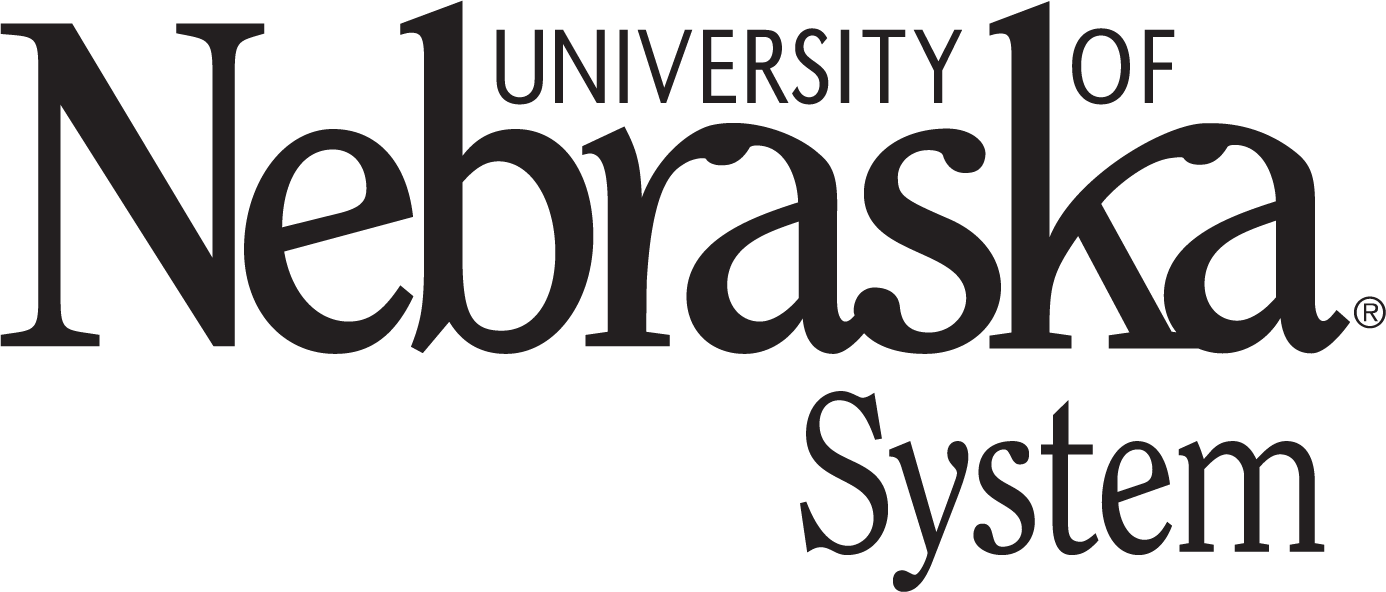1.4 Safe Saddling
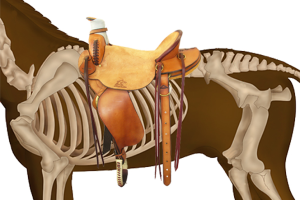
It is important to select the proper size saddle for both rider and horse. ***Why? Here is what ChatGPT says, edit away….
- Extended Work Hours: Horses in feedyards often work long hours, and an ill-fitting saddle can lead to chronic discomfort and injury due to prolonged pressure on specific areas of the back.
- Varied Movements: Feedyard work involves a variety of movements such as stopping, turning, and backing up, which can exacerbate any issues caused by an improperly fitted saddle.
- Heavy Loads: The tasks may include carrying heavier loads or moving quickly, making it crucial that the saddle distributes weight evenly to prevent strain and injury.
- Stress and Fatigue: Long shifts and repetitive tasks can increase the risk of saddle sores, muscle fatigue, and other injuries if the saddle does not fit well.
- Efficiency and Control: A properly fitted saddle enhances the rider’s ability to maintain control and balance, which is essential for maneuvering in tight spaces and managing livestock effectively.
- Comfort During Long Hours: Riders often spend many hours in the saddle. An improper fit can lead to significant discomfort, fatigue, and even injury, reducing the rider’s ability to perform their duties efficiently.
- Safety: The dynamic and sometimes unpredictable environment of a feedyard requires a secure and stable saddle to minimize the risk of accidents or falls.
- Performance and Precision: Effective communication with the horse is crucial for precise movements and quick responses, which is facilitated by a well-fitted saddle.
- Productivity: Proper saddle fit ensures both horse and rider can work efficiently and effectively, leading to higher productivity in managing feedyard operations.
- Health and Longevity: A well-fitted saddle helps maintain the health and longevity of both the horse and rider, reducing downtime due to injuries or discomfort.
- Work Environment: Ensuring comfort and safety for both horse and rider contributes to a more positive work environment, leading to better morale and performance.
- Preventing Long-term Issues: Preventing chronic issues through proper saddle fit ensures that both horse and rider can continue to work in the demanding feedyard environment without long-term detrimental effects.
What types and sizes of saddles are available on your feedyard?
***Deana question – how about a video talking about saddle size??**
Next we will briefly discuss the key points for each main step in saddling a horse safely, for both the horse and the rider.
Step 1 – Preparing Horse
Leading and Tying Up Horse
- Use lead ropes that are soft – they are less likely to cause rope burns on horses and handlers.
- Lead horses from the left and to the side.
- Never wrap your arms or hands in the coils of the lead rope.
- Allow slack in the lead rope from the horse’s head to your hand.
- If tying with a lead rope, make sure it is a quick release knot and always carry a sharp knife.
- Try not to tie a horse up by the reins. Wrap lead ropes and reins as much as possible.
- Tie to something solid, not to panels or gates. Frightened horses are strong enough to pull attached panels off of posts.
- Tie high enough and short enough that the horse can’t get a leg over the lead rope.
- Don’t tie up the horse while saddling, drape the reins or lead rope over your arm.
**How about this video?? This 2 min video from Utah State University demonstrates this.**
Never wrap leads around your hand or arm.
Brushing
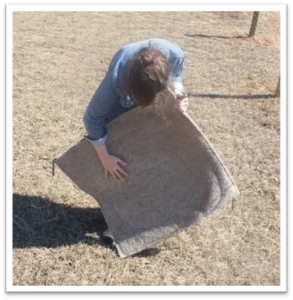
- Make sure the entire body of the horse has been cleaned, especially the cinch area.
- Brush off the inside of the saddle pad to ensure that there is nothing on the pad that might cause irritation.
Step Two – Placing Saddle Pad
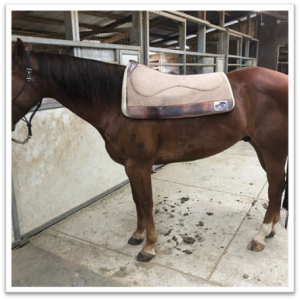
- Place the saddle pad high up on the withers, so when the saddle is placed you can slide it back in place – in the same direction as the horse’s hair lays.
- The pad should be large enough to be slightly visible from under the saddle.
- No part of the saddle should be rubbing on the horse.
- Make sure that the pad is pushed up in the gullet of the saddle to allow air to circulate to the horses back.
- **Deana question: above the text says not to tie horse when saddling, yet is this picture showing that?
Step Three – Setting Saddle on Horse
- Lay the cinch, over the seat of the saddle, and hook the right stirrup over the saddle horn.
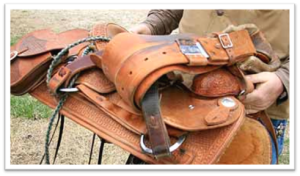
- Grab the saddle by cantle and the front. Set it gently on the horse’s back.
Step Four – Cinches
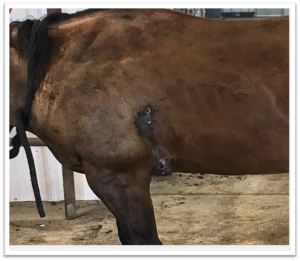 Make sure the cinches are straight.
Make sure the cinches are straight.
- Start with front cinch, back cinch and then the breast collar.
- Reverse the order to take the tack off the horse.
- Make sure back cinches are snug and connected to the front one with a cinch hobble.
- Move horse around before the final cinching to avoid making “cinchy” horses.
- Make sure cinch d-rings are above the elbow on the horse to avoid cinch sores.
Sore Backs
- Check horses daily for sore backs and sore cinch areas.
Be sure and check horses at the end of the day for “flinch” points that might indicate a potential problem. Feel over back, cinch area, neck and legs.
This is an example of the saddle rubbing where a pad should have been protecting. This horse will need 6-8 weeks to recover.
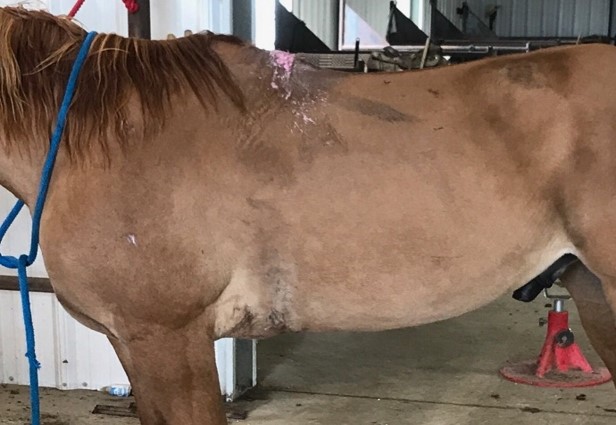
Any videos to demonstrate these steps??
Review
Work through these interactive questions to review the important concepts discussed.
